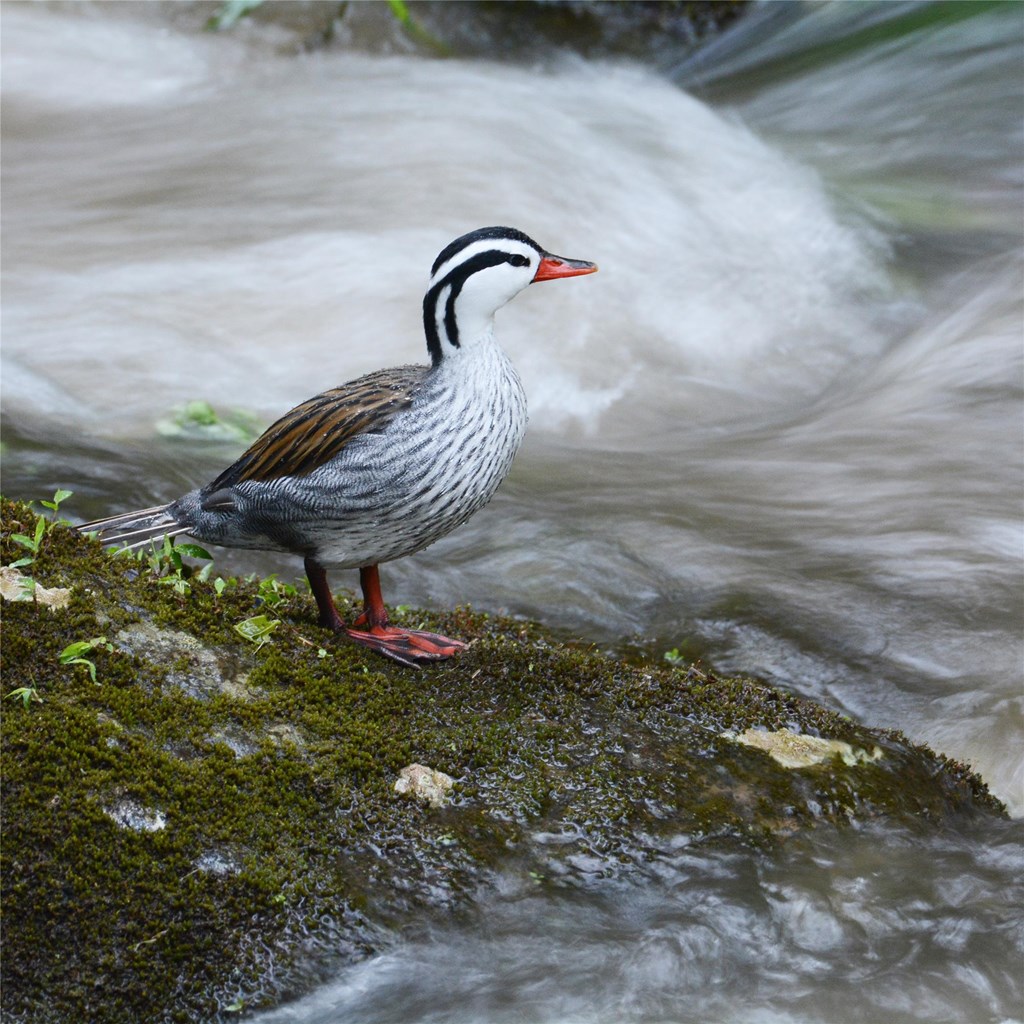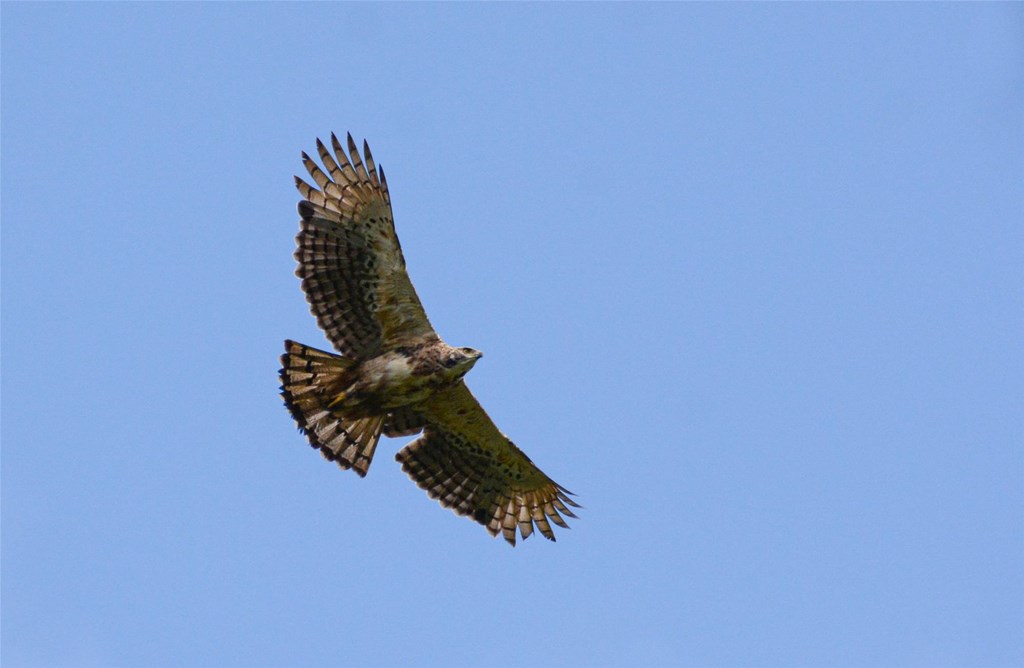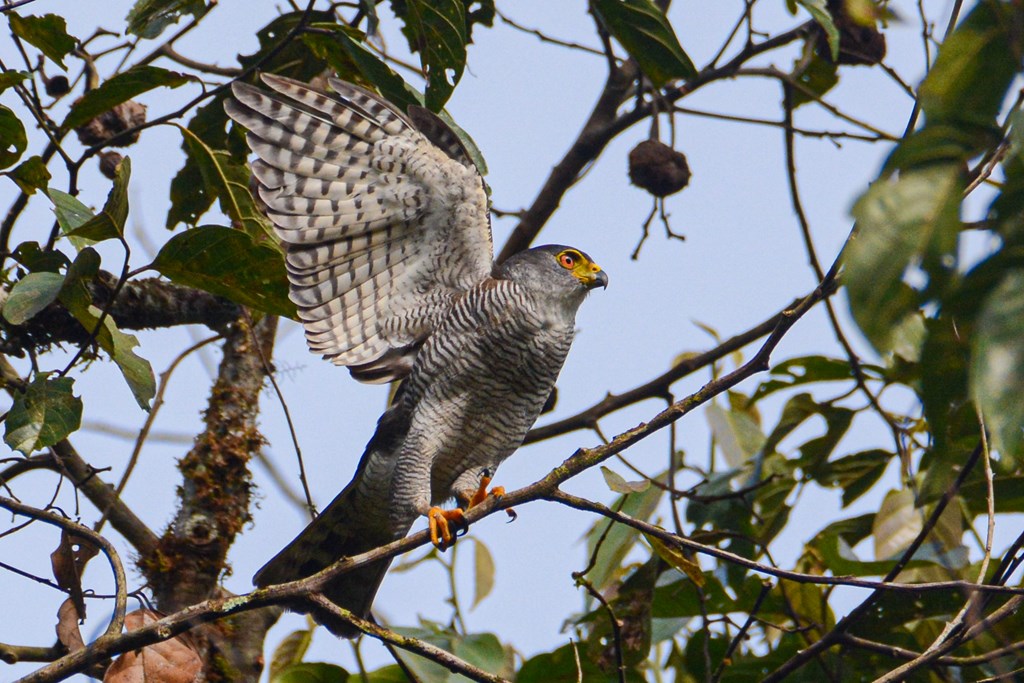Monitoring Raptors and Other Wildlife in Ecuador
Posted on in In the Field by Patrick Maurice, Autumn 2021 Conservation Science Trainee

Greetings from Ecuador! I’m currently spending three months in this beautiful, birdy country volunteering at Maquipucuna Lodge. The lodge is only a couple hours northwest of Quito, the Ecuadorian capital. I chose Maquipucuna (Maqui) because my professor and advisor at the University of Georgia, Dr. Bob Cooper, is friends with the lodge owners, Rebeca and Rodrigo, who have graciously offered to host me.
Maqui has an incredible diversity of species that have been recorded on the property. There have been more than 350 species of birds reported on eBird, and Rebeca thinks that there could be as many as 400 species in the reserve. This would be almost a quarter of the number of species that have been recorded in all of Ecuador, which is pretty incredible! Maqui is also known for the bears that migrate down from the mountains in the fall to feast on the wild avocados that are found in the reserve. Unfortunately, I missed the bear season, but the birding here has been great. Some of the cool bird species I’ve found around the lodge include torrent ducks in the river that runs next to the lodge, a female Andean cock-of-the-rock feeding on fig berries, a pair of tiny hawks with a nest that’s only about a five-minute walk from the lodge, and eleven species of hummingbirds at the feeders, with showstoppers such as the common crowned woodnymph and rarer long-billed starthroat.

I’ve found a decent number of raptor species flying and perched around the lodge. Some of the highlights are a broad-winged hawk (perhaps it migrated over Hawk Mountain to get here), a bat falcon I saw on one of my first days here, gray-headed, hook-billed, and swallow-tailed kites, a nesting pair of tiny hawks, and an immature black-and-chestnut eagle. I saw the eagle on a particularly good raptor morning, with six species of raptors seen from one spot near the lodge.
As a volunteer at Maqui, one of my jobs is to monitor the nearby tiny hawk nest for an hour every day and take notes on what I observe. Tiny hawks are locally uncommon throughout their range, so having a nest nearby is especially valuable. Their nest, which is in a tree just a short walk from the Maqui lodge, provides an opportunity for us to study them and contribute to the conservation science for this species.

I’ve been monitoring the nest for a little over a month now and have watched the hawks go from adding branches to the nest to observing the female on the nest, presumably on eggs, while the male hunts and brings back food. While I’ve seen the hawks with prey a couple of times, I’ve identified that they have caught small birds but have not been able to identify which species of birds they catch. Tiny hawks have been recorded catching hummingbirds, but I haven’t observed that yet. It’s been really exciting to watch this process unfold, and I can’t wait to see the young when they hatch and fledge.
If you want to learn more about the lodge, visit their website at www.maquipucuna.org. You can also email me with questions at [email protected] or follow my Instagram @patrickmaurice_birding for more bird and nature photos from Ecuador!